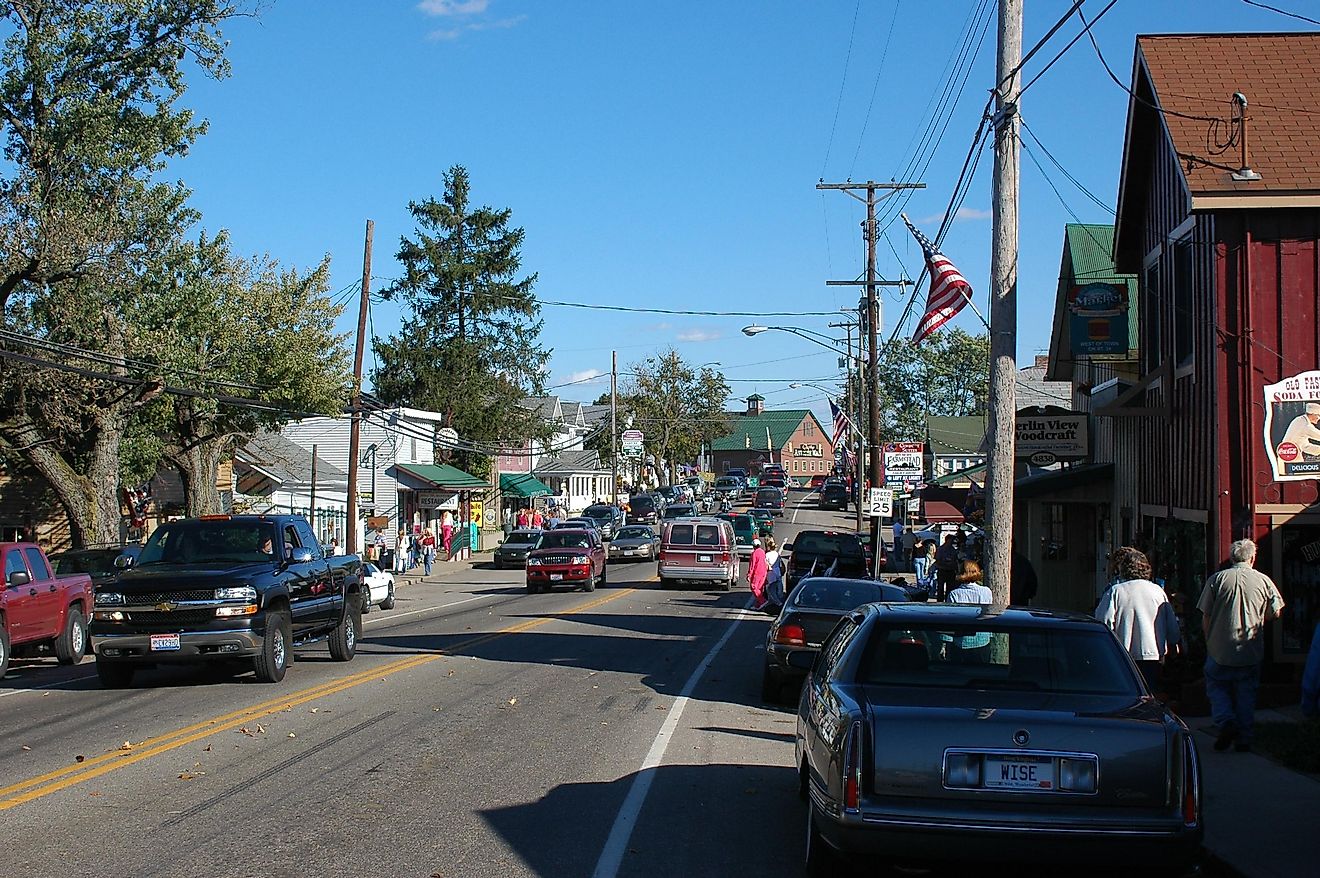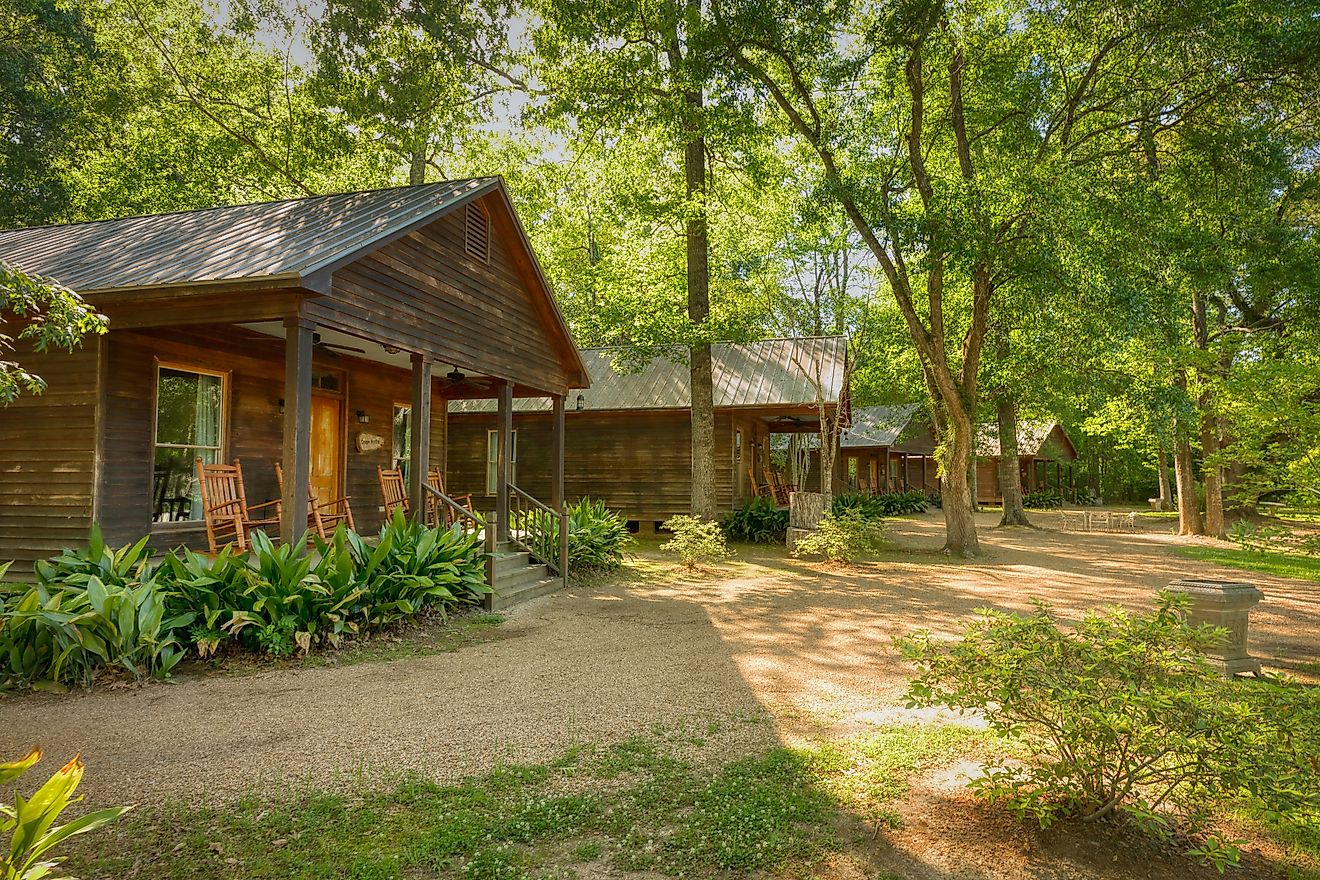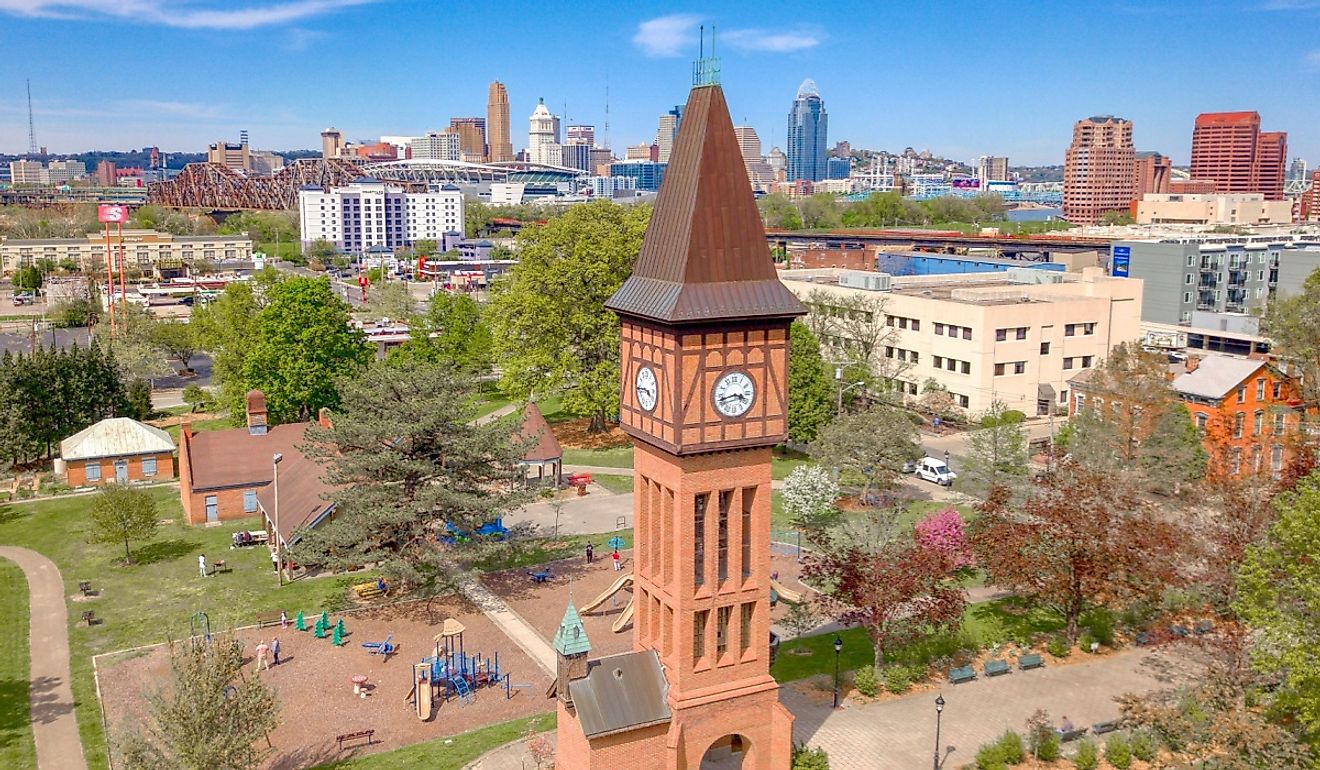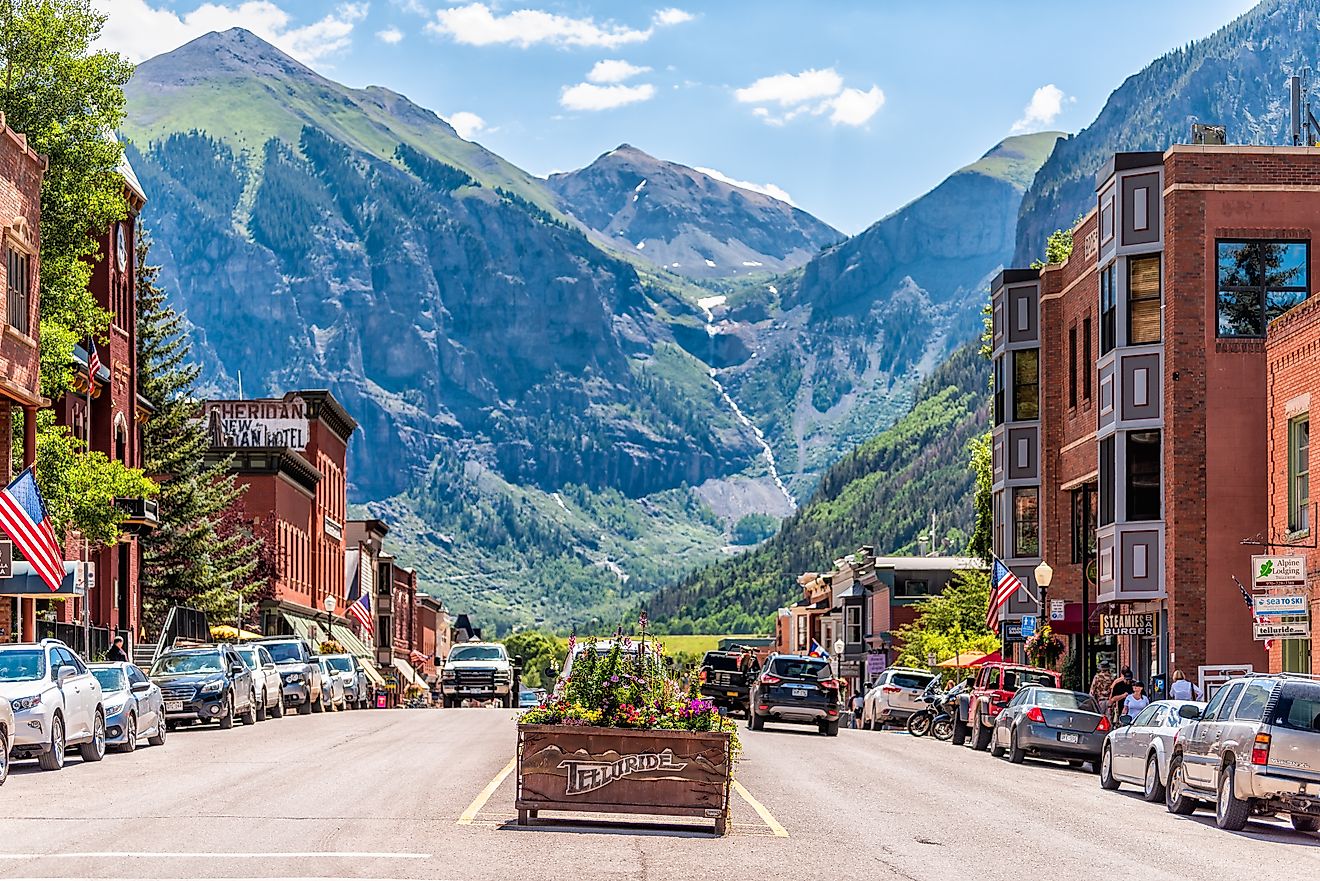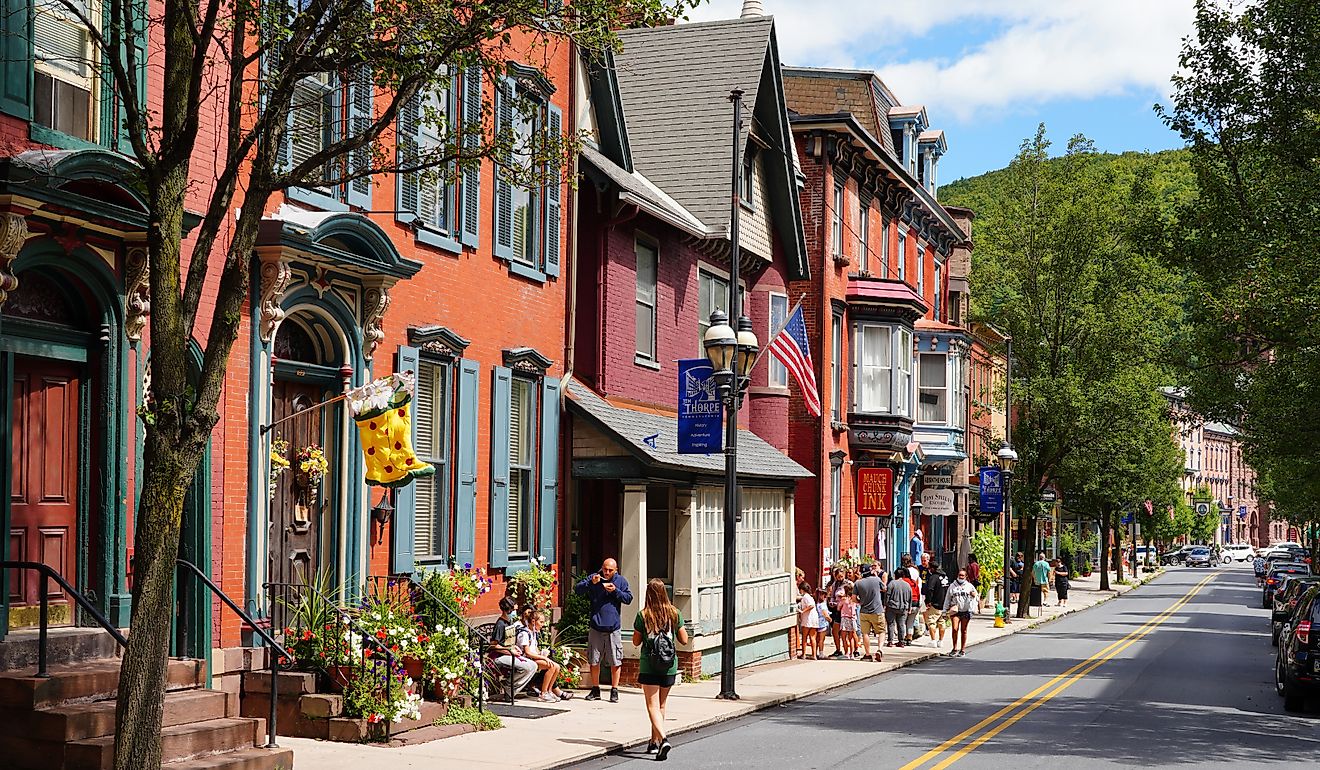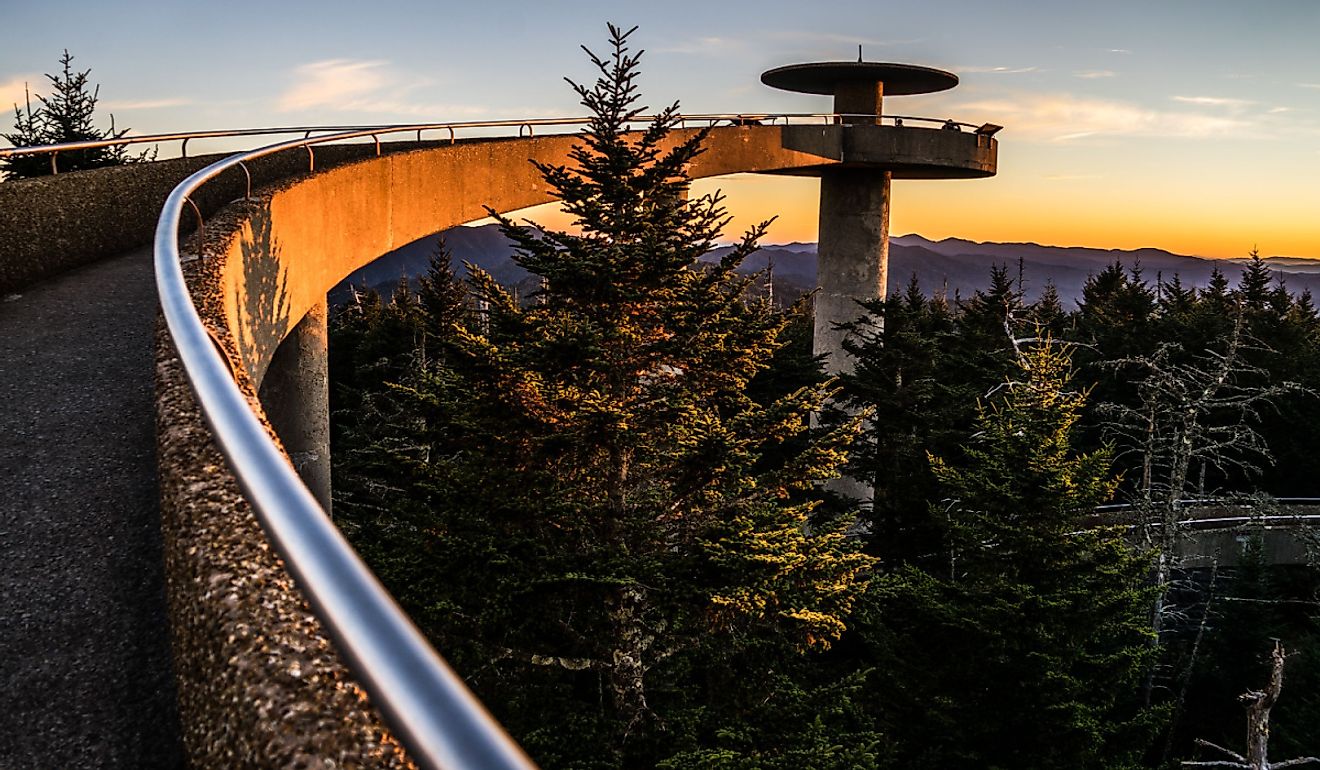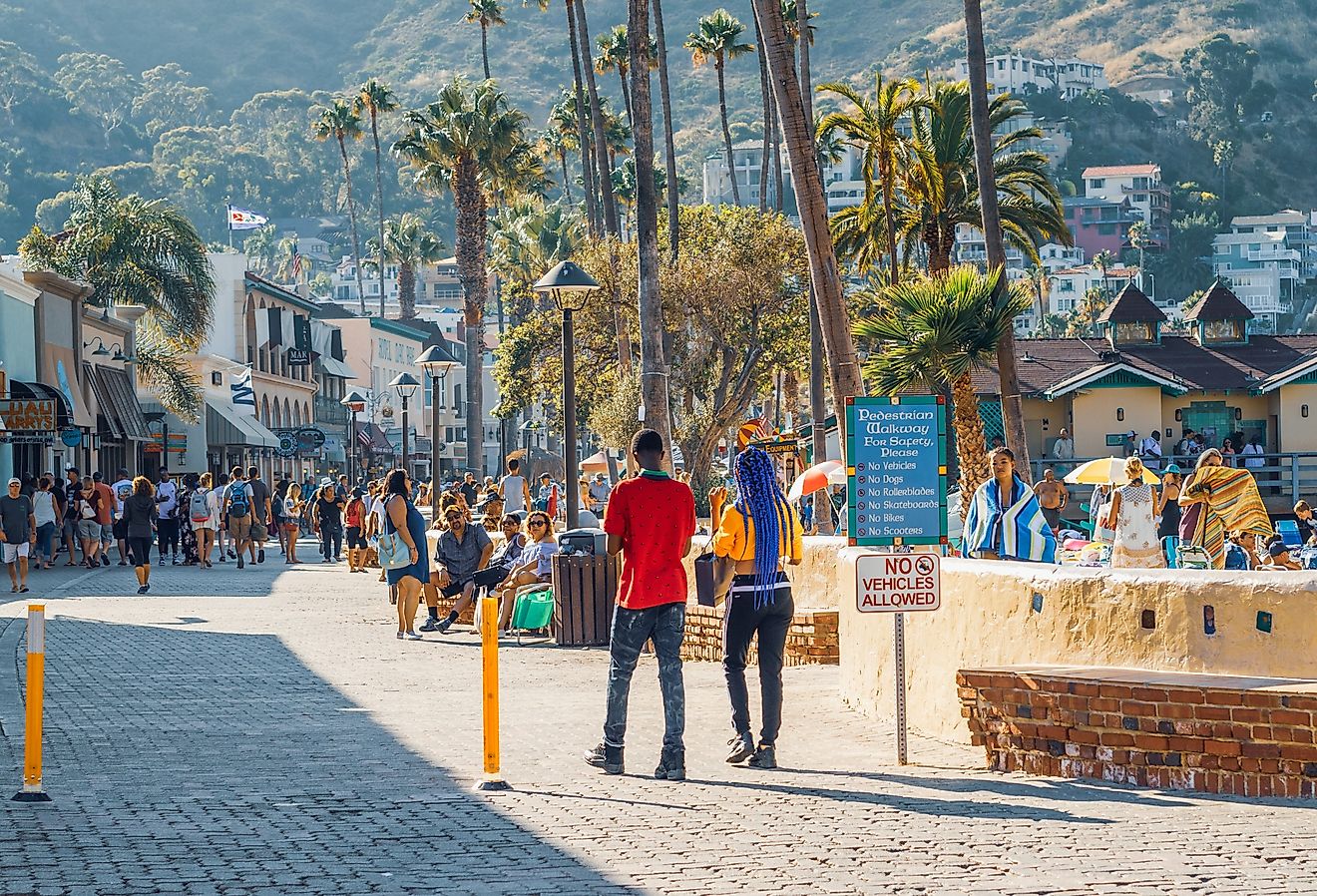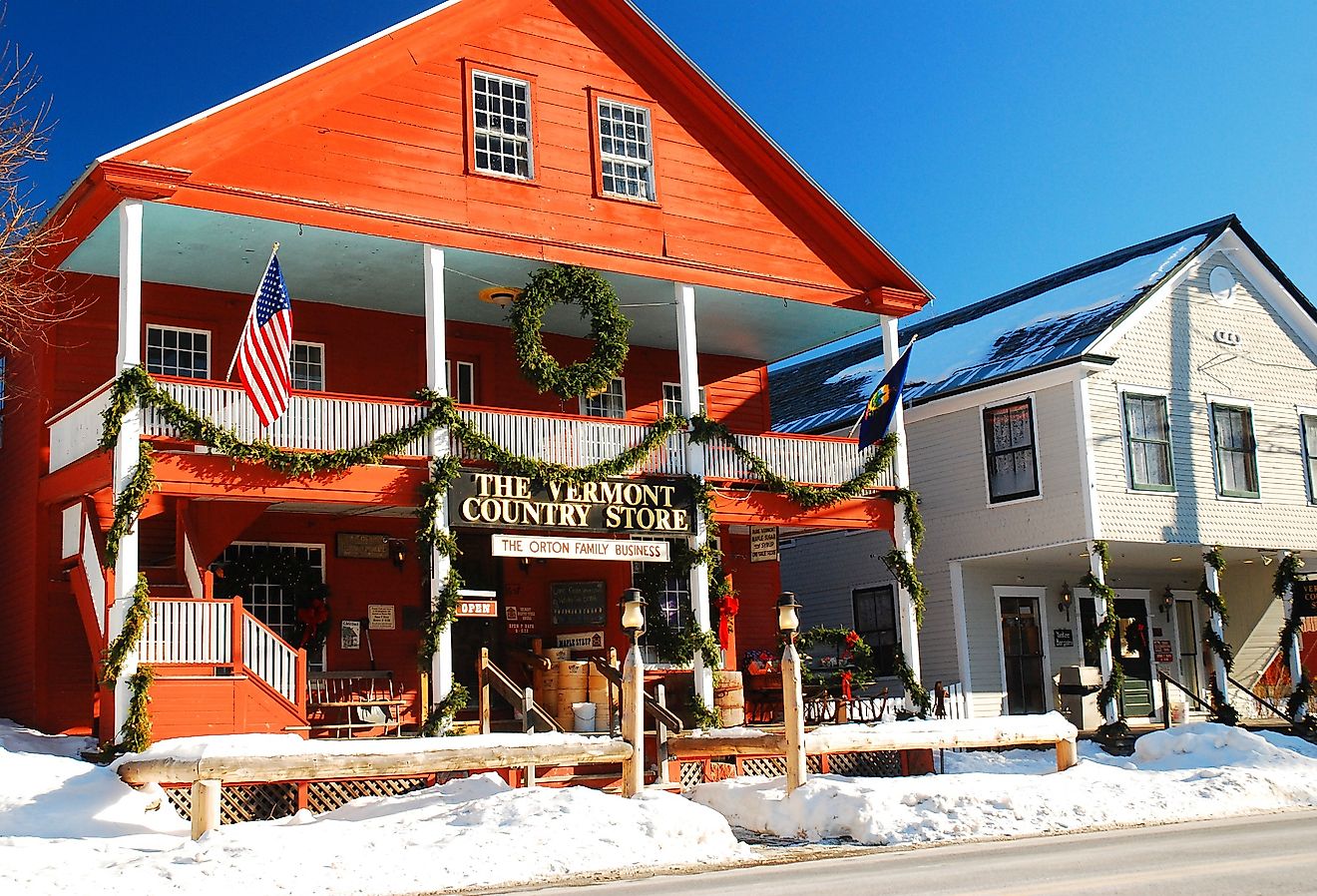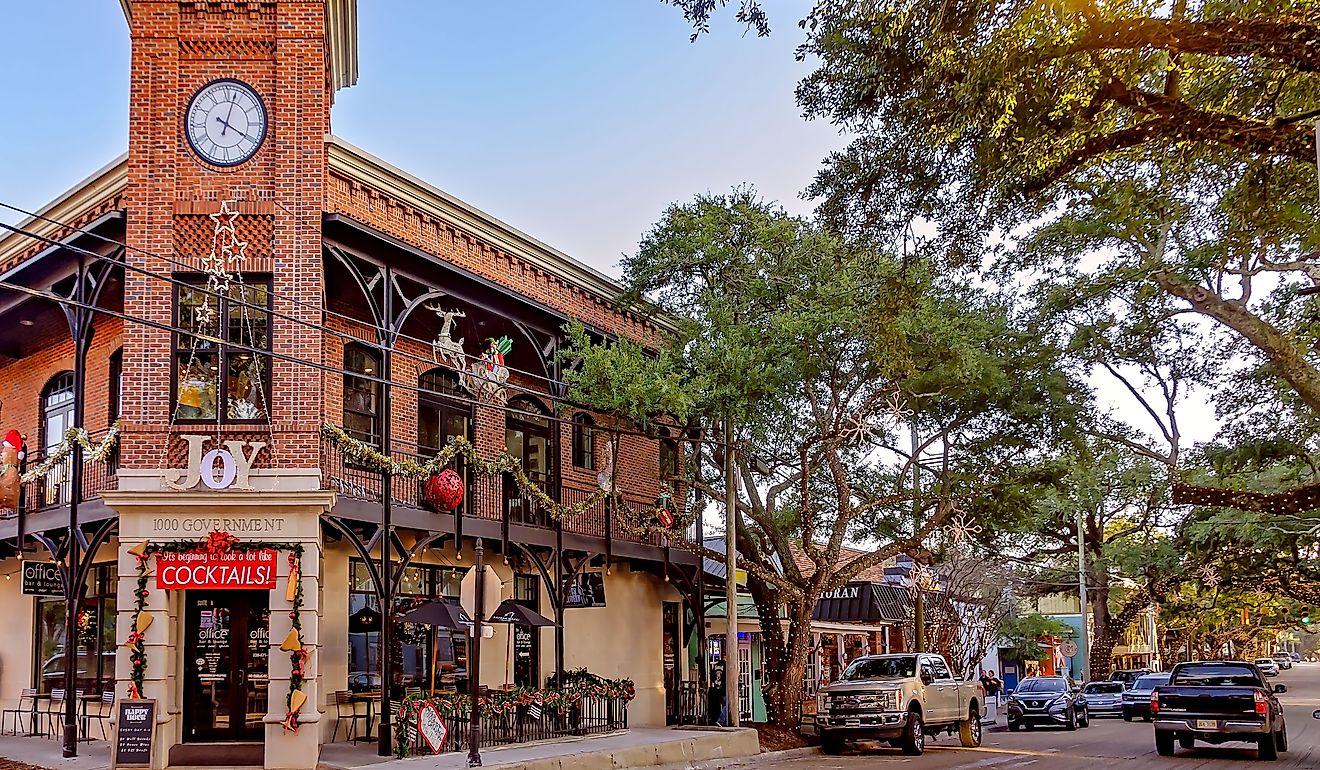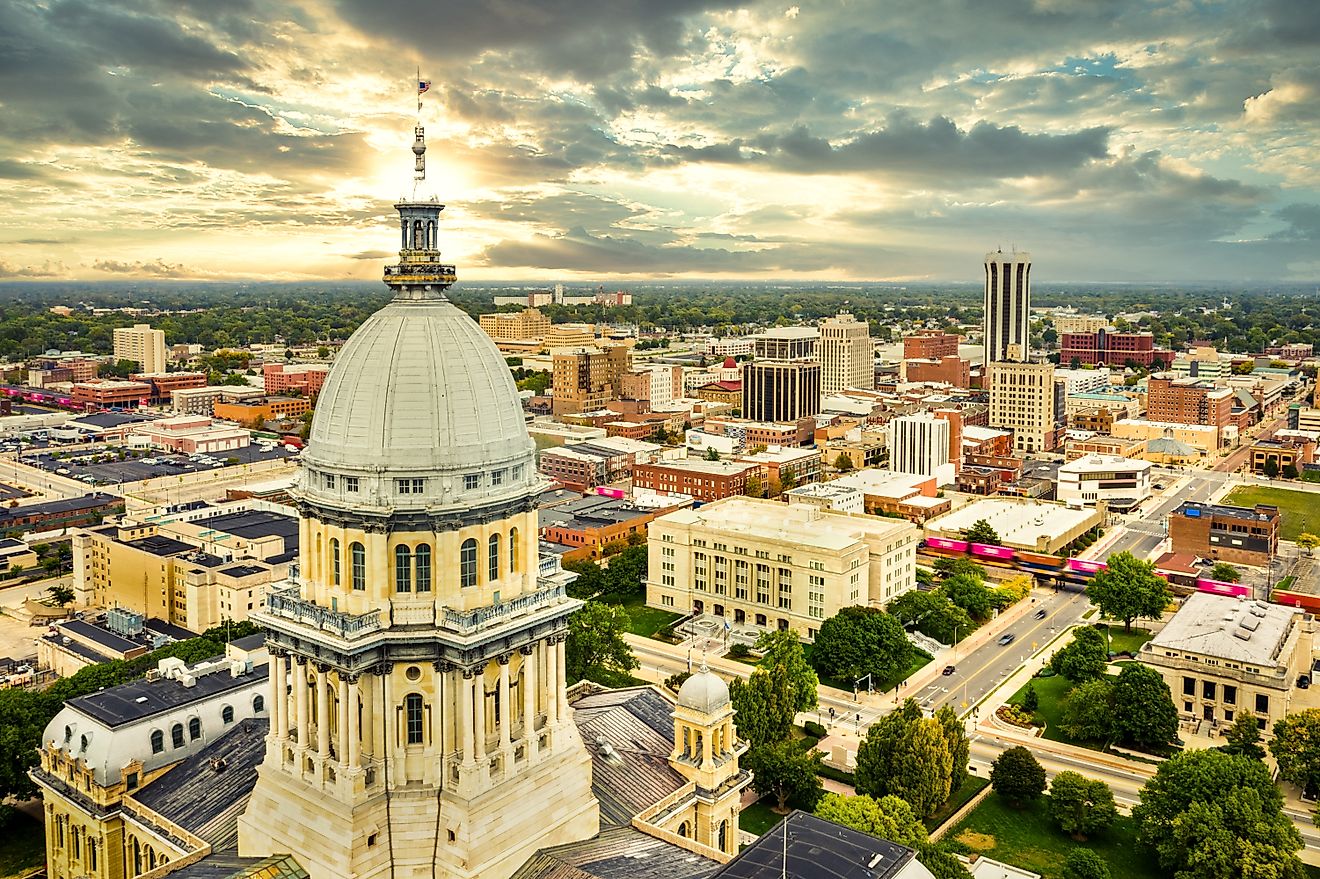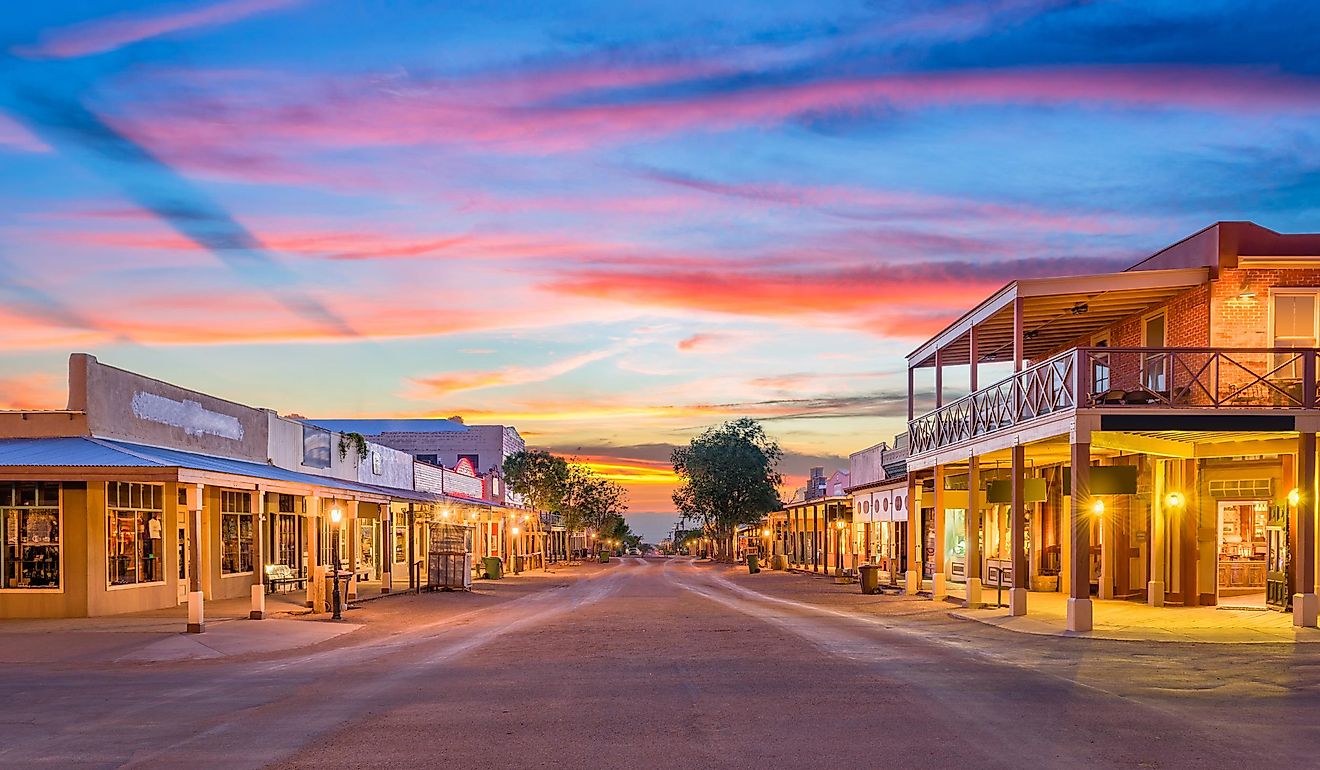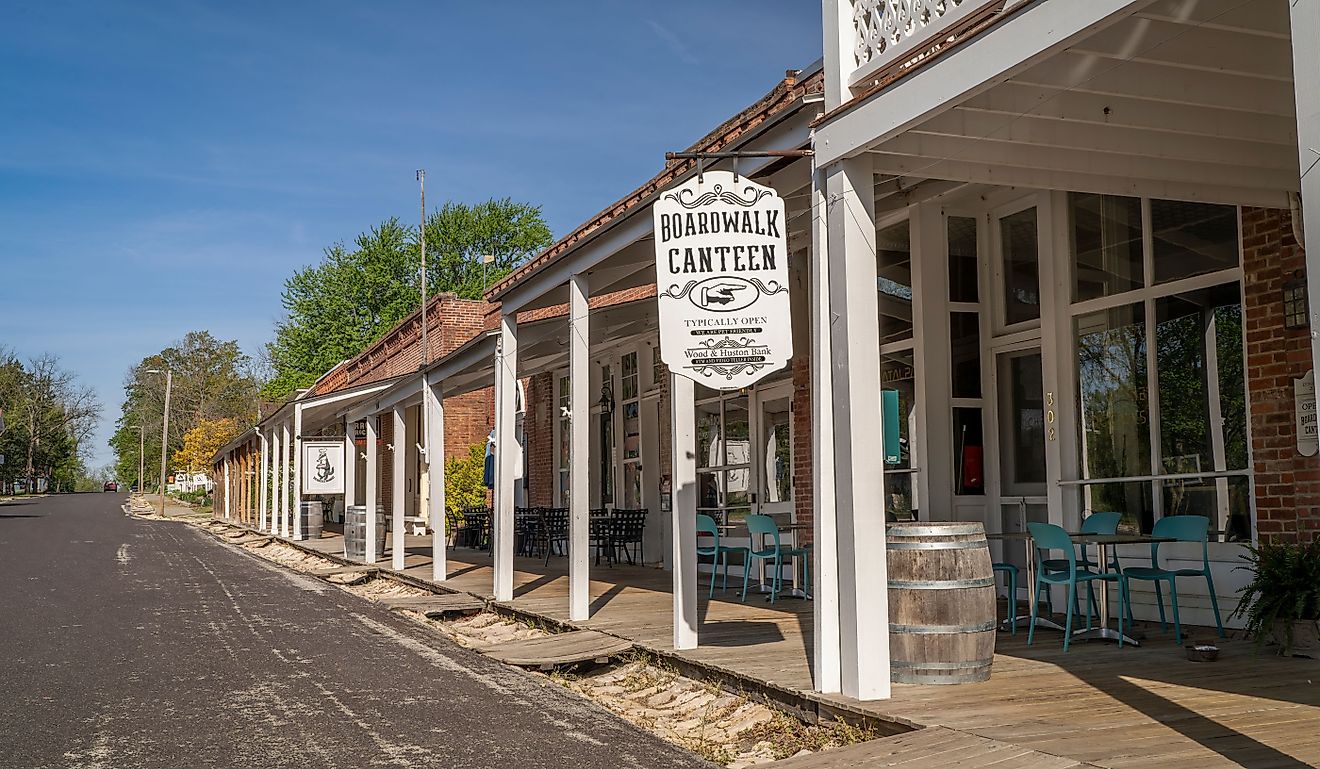
7 of the Most Charming Small Towns to Visit in Utah
Utah, a state in the western United States, is known for its expanses of desert and the Wasatch Range mountains. Its capital, Salt Lake City, is centered around the headquarters of the Church of Jesus Christ of Latter-day Saints (LDS Church). Utah is also home to five national parks—Arches, Bryce Canyon, Canyonlands, Capitol Reef, and Zion—each offering geological formations. Beyond these well-known landmarks, Utah's charm is significantly amplified by its small towns. Scattered across the state's landscape, they not only offer scenic beauty but also serve as custodians of local history and culture.
Moab

Moab, Utah, is nestled in the eastern part of the state. Its origins can be traced back to the late 19th century, evolving through periods of mining, ranching, and later becoming a hub for outdoor recreation. The area around Moab is a testament to the Earth's geological history, surrounded by vast red rock landscapes, cliffs, and canyons carved by the Colorado River. The town's location has made it a focal point for geologists, archaeologists, and historians, who are drawn to its Native American history, including petroglyphs and artifacts that hint at thousands of years of human habitation.
Arches National Park is a must-visit destination when in Moab, famous for its over 2,000 natural sandstone arches, pinnacles, and red-rock landscapes. Wind and water have sculpted these formations over millions of years. Go for a scenic drive, hike its trails, and take photos. Another adventure is the hike to Fisher Towers, a series of rock spires and fins that rise from the desert floor. This trail takes hikes through a landscape that feels otherworldly. For those seeking a thrill, the Moab Zipline takes riders over rugged terrain. Gain a bird's-eye view of the desert's expanses and the Colorado River's winding paths.
Garden City

Garden City, Utah, is a community nestled on the shores of Bear Lake, a natural freshwater lake that straddles the Utah-Idaho border. The town is known for its turquoise waters, often called the "Caribbean of the Rockies." Established in the 19th century by Mormon pioneers, the town has grown around the agricultural and natural resources of the area, with its economy rooted in farming, ranching, and the lake's bounty itself.
For those looking to add a splash of excitement to their visit to Garden City, Bear Lake Fun has jet ski rentals. Skimming across the water on a jet ski gives a distinct vantage point of the surrounding mountains and the opportunity to enjoy the lake's cool, refreshing waters. For a subterranean attraction, Minnetonka Cave is one of the largest limestone caverns in the state. Guided tours show a hidden landscape that contrasts sharply with the area above ground. On a more tranquil note, the Limber Pine Nature Trail is an easy-to-navigate trail that is home to the ancient Limber Pine, a tree that has stood for over 2,000 years. Along the way, interpretive signs on the local flora, fauna, and geology enrich the experience.
Springdale

Springdale is a small town with a connection to the natural wonders of the American Southwest, sitting at the gateway to Zion National Park. Its history dates back to the late 19th century when Mormon settlers founded the town, taking advantage of its land along the Virgin River. The town's geography is nothing short of dramatic, with Springdale nestled in a valley surrounded by towering sandstone cliffs and riparian habitats along the riverbanks.
Downtown Springdale is a singular street but still a place for those interested in the region's cultural heritage. Don't miss Tribal Arts Zion, a gallery selling Native American artworks and jewelry. For a laid-back experience, gently drift along the Virgin River's currents during a flat take in the surrounding canyon walls and foliage. Just a stone's throw from Springdale, the Grafton Ghost Town was established in the 1850s and abandoned by the early 20th century. Visitors can explore the remaining pioneer structures, which have been the backdrop for several films.
Torrey
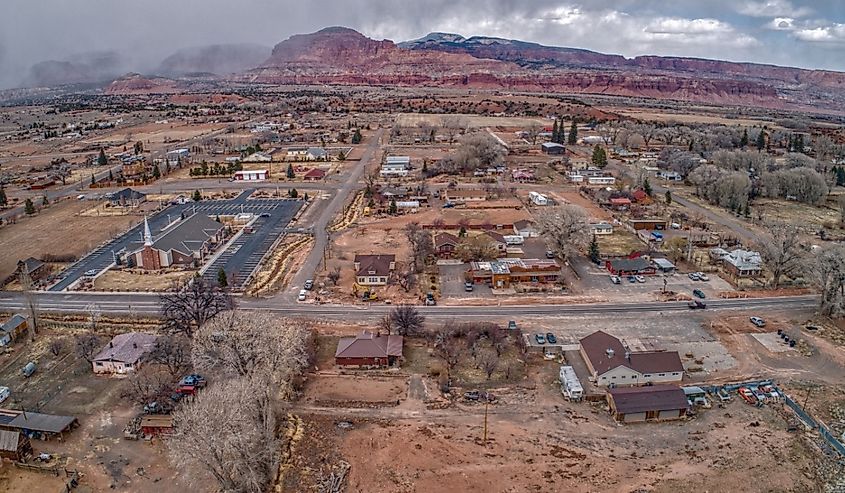
Torrey, Utah, is a town named after one of the prominent leaders in the Latter-Day Saint movement, Jay L. Torrey. Its geographical location is nestled at the western edge of the Capitol Reef National Park and is within proximity to red rock canyons and cliffs. The town's arid desert combines with high mountain elevations, including the nearby Thousand Lake Mountain and Boulder Mountain, which provide a backdrop.
Capitol Reef National Park is a standout attraction in Torrey, thanks to its colorful canyons, rock formations, and ancient petroglyphs. The landscape, shaped by the Waterpocket Fold—a nearly 100-mile-long warp in the Earth's crust—has hiking, camping, and sightseeing opportunities. In the heart of the community, the Wayne County Farmer's Market is held seasonally and sells fresh produce, handmade crafts, and local delicacies. Visitors should attend this market to support local farmers and artisans. Finally, Scenic Byway 12 winds through the diverse landscapes of southern Utah, traversing through red rock deserts, forests, and alpine mountains. It is a must-do for photographers, nature lovers, and anyone looking to experience the American West.
Panguitch

Panguitch's is a town whose name comes from the Native American language, meaning “big fish,” a nod to the area’s fishing opportunities in nearby rivers and lakes. Situated at an elevation of over 6,600 feet, Panguitch lies in a high valley surrounded by mountains. The town’s architectural landscape comprises many buildings constructed from locally sourced red brick, telling the story of a community built on the foundations of its natural environment.
Red Canyon, a short drive from Panguitch, has formations of red rock hoodoos and arches against a backdrop of pine forests. This area, part of the Dixie National Forest, has hiking trails, biking paths, and scenic viewpoints. The Gem Theater, a cinema in the heart of Panguitch, is where visitors can enjoy movies in an old-fashioned setting. This theater, operational since the early 20th century, has been restored to preserve its character. For those with a penchant for treasure hunting, the Panguitch Mercantile is a must-visit. This antique store sells everything from vintage Americana to rare collectibles. Shopping here is not just about finding something to take home; it's about discovering the stories and heritage of Panguitch and the broader region.
Brigham City

Brigham City, Utah, is a town marked by its foundation in the early 1850s. Located at the northern end of the Wasatch Front, the area's geography, with the Wellsville Mountains to the west and the Bear River Migratory Bird Refuge to the north, contributes to the city's setting and historical reliance on agriculture and wildlife. Brigham City's architecture reflects its pioneering spirit and the Latter-Day Saints' influence, most notably seen in the Brigham City Tabernacle, which blends Gothic and Romanesque architectural styles.
The Brigham City Train Museum, in the historic Union Pacific Depot, has a collection of artifacts, photographs, and model trains that illustrate the impact of railroads on local communities. It is an attraction for history buffs and families alike. For wildlife, the Bear River Migratory Bird Refuge is a sanctuary for migratory birds, lying at the northern tip of the Great Salt Lake. This wetland habitat attracts millions of birds each year, including pelicans, herons, and tens of thousands of ducks and geese. Lastly, Fruit Way is a stretch of highway lined with family-run fruit stands that sell fresh, locally-grown produce. From peaches to apples, visitors can enjoy the bounty of the season and support local farmers. This drive also provides views of orchards.
Kanab

Kanab is a town in southern Utah, close to the Arizona border. Founded in 1870, the town's geography includes deserts, deep canyons, and rock formations, indicative of the Colorado Plateau's terrain. This town is not only significant for its historical events, such as the exploration and settlement by Mormon pioneers. Its natural resources have also influenced the town's economy due to its proximity to several major rivers.
Buckskin Gulch is one of the longest and deepest slot canyons in the world. This narrow, winding canyon takes advanced hikers through the red sandstone, with its undulating walls creating light effects. Less demanding is the Best Friends Animal Sanctuary, the largest no-kill animal sanctuary in the United States. Visitors can take guided tours to meet some of the sanctuary's residents, learn about animal welfare, and even volunteer their time. Moqui Cave, a natural history museum housed in a sandstone cave has Native American artifacts, dinosaur tracks, and fluorescent minerals. This attraction is an educational journey through the area's geological and cultural history.
Overall, Utah stands out not only for its big cities and majestic national parks but also for the myriad of small towns that dot its landscape, each contributing to the state's charm. These towns play a role in enriching the visitor experience in Utah. They serve as perfect starting points for exploration, with access to the wilderness alongside a glimpse into the state's cultural tapestry. Whether it's a sunset in the desert, the thrill of hiking through a narrow canyon, or the education of a small-town museum, Utah and its small towns encapsulate a charm that is hard to find elsewhere.
